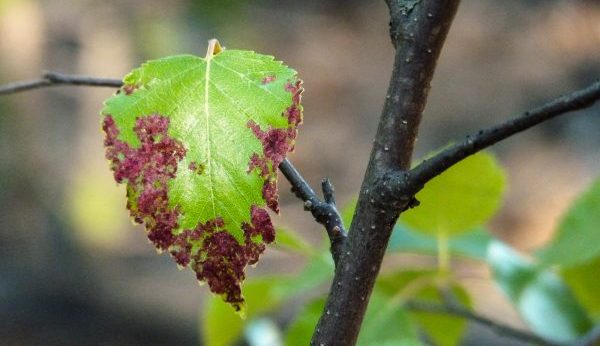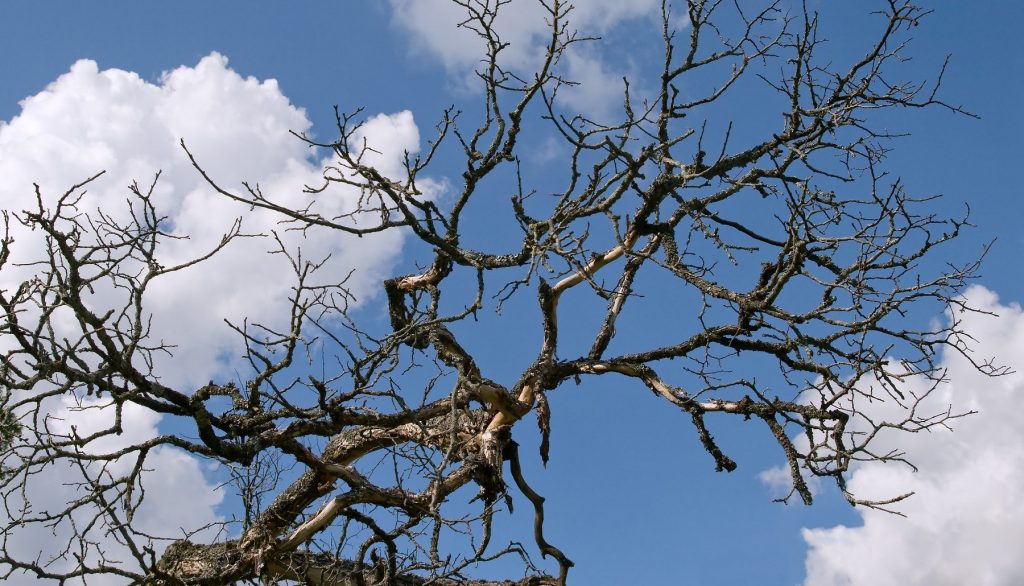Tree diseases are predominant in residential and commercial landscapes on a yearlong basis, season after season. In some circumstances, there is very little a property owner can do to avert such tree illnesses from taking over their landscape. If you take pride in your trees, consider reviewing a few common ailments that can affect tree and root growth. This knowledge can help you stop, or reverse, similar circumstances with your shrubbery and more.
Continue reading to learn about some common tree leaf illnesses, and what you should do if you suspect your trees are in decline.

Leaf Scorch
Leaf scorch is also known as leaf wilt and leaf burn. The signs of leaf scorch are easy to identify. Leaf burn will cause tree leaves brown at the edges, curl up, wilt, and fall off. In evergreen trees, the pine needles will simply turn brown or orange in color. The reason behind leaf wilt is lack of hydration and nutrients Something occurs beneath the ground that prevents the root system from successfully pulling water and nutrients from the earth, and distributing it through the veins of the leaf system.
The lack of food and water causes the leaves to wilt and die. Leaf scorch is not curable or reversible; however, a tree can recover and begin producing new, healthy foliage if proper care is taken. The first step in turning leaf wilt around is determining the source of the problem. This can be from a variety of situations; from new construction development, to drought and high heat intervals. Be sure to consult a professional tree care technician for an accurate and reliable diagnosis.
Anthracnose or Leaf Blight
On the subject of leaf disorders, leaf blight is another common disease that affects the leaves of prevalent North American hardwood trees. The authentic name of leaf blight is Anthracnose and is most commonly spotted in the eastern parts of the United States. This syndrome is customarily marked by several burn-like blotches that look like dead spots or holes on tree leaves. Leaf Blight is caused by a fungus that reproduces by means of spores.
During long rainy or windy seasons, these microscopic spores can quickly travel through the air. They need wet weather to germinate. Anthracnose is not a deadly disease in most cases; however, a tree can suffer from persistent defoliation. The repetitive loss of leaves can cause the tree to become weak, making it vulnerable to other tree diseases. Again, in this situation, it is best to consult a professional in the tree service industry for dependable advice and guidance concerning residential or commercial tree care.
Does Your Tree Look Sick?
Call 317-537-9770 for professional tree service in Fishers, Indiana. We are highly trained and experienced tree care contractors that offer a wide range of residential and commercial tree services at competitive prices. We also offer tree service coupons and discounts! Call 317-537-9770 to request a free estimate for Fishers tree service, today.



